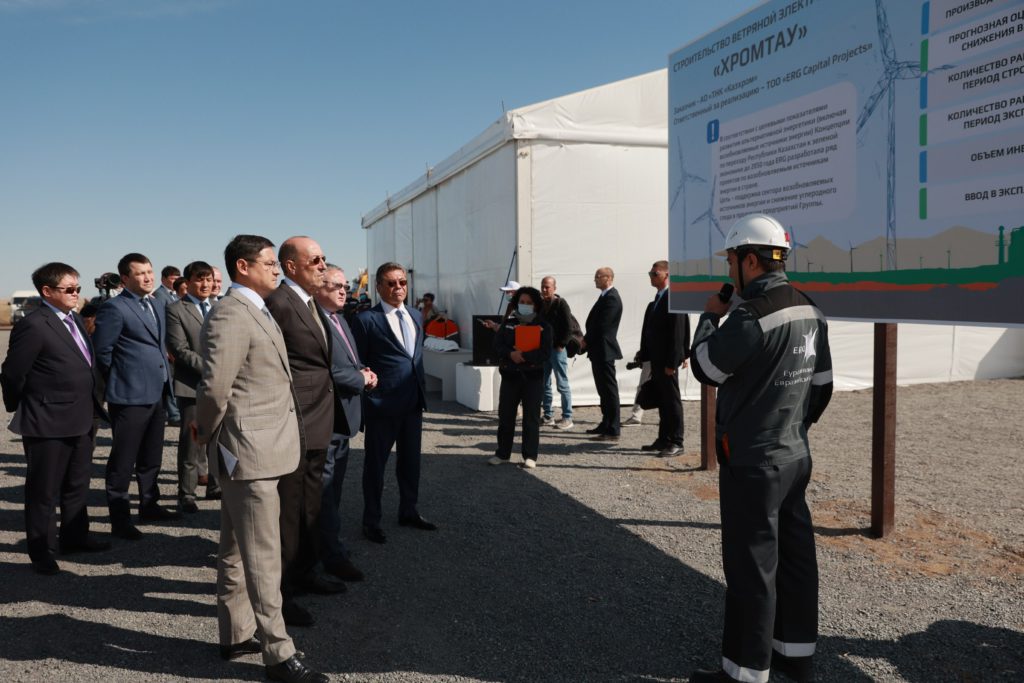U.S. DOE Challenges Solar Industry to Triple Community Solar by End of 2025

Sign up for daily news updates from CleanTechnica on email. Or follow us on Google News!
WASHINGTON, D.C. — At the U.S. Department of Energy (DOE)’s National Community Solar Partnership (NCSP) Annual Summit today, Principal Deputy Assistant Secretary Jeff Marootian challenged the community solar industry to commit to meeting the NCSP target of 20 gigawatts (GW) of community solar by 2025—up from seven GW today. DOE also launched several new initiatives aimed at supporting the deployment of community solar, a critical tool for achieving DOE’s goal of 100% clean electricity by 2035 and net-zero carbon emissions by 2050 while providing an equitable pathway to renewable energy for all Americans.
Solar for All programs, this target is within reach,” said Jeff Marootian, Principal Deputy Assistant Secretary for Energy Efficiency and Renewable Energy. “DOE and our partners at NCSP are committed to providing industry with the tools and information they need to advance our national goal of accessible, affordable community solar for every American household.”
NCSP announced the target in 2021 and estimated that 20 GW of community solar would power the equivalent of 5 million households and create $1 billion in energy savings for subscribers. Since then, the rollout of new and expanded tax credits, and funding for the Environmental Protection Agency’s Solar for All residential investment programs, which can include investment in community solar, have primed the industry to experience rapid growth—and the market potential is significant. In a new report, the National Renewable Energy Laboratory (NREL) estimates that if all technically viable community solar is deployed, it could serve more than 53 million households and over 300,000 businesses in the U.S. that cannot access rooftop solar, representing nearly 1 terawatt of potential community solar capacity.
Principal Deputy Assistant Secretary for Energy Efficiency and Renewable Energy Jeff Marootian discusses DOE’s new challenge to the solar industry to triple the amount of grid-connected community solar by the end of 2025. U.S. Department of Energy
In support of the Principal Deputy Assistant Secretary’s challenge to the industry, NCSP announced the following initiatives at the event:
Equitable Solar Communities of Practice

The DOE Solar Energy Technologies Office selected five organizations to lead new Equitable Solar Communities of Practice, pending negotiation and final acceptance. These organizations will each receive $75,000 to identify and convene a core team of key stakeholders over a 6-month period to identify resource gaps, support the development and dissemination of best practices and resources, and identify pathways to scale equitable solar practices:
- Solar United Neighbors: Equitable Access and Consumer Protections – This community of practice will focus on solar sales practices, contract terms and disclosures, and availability of financial products that support strong consumer protections and participation among all households, and inclusive education and outreach.
- Clean Energy States Alliance: Meaningful Household Savings – This community of practice will focus on providing household savings for energy burden reductions, wealth building opportunities, and other direct benefits for all households including renters.
- Clean Energy Group: Resilience, Storage, and Grid Benefits – This community of practice will support household- and community-level resilience, grid strengthening and grid-level resilience, and improved health outcomes through reduced or shortened power outages.
- Cooperative Energy Futures: Community-led Economic Development – This community of practice will focus on models and opportunities for local economic development which can include community ownership models, community benefits agreements, entrepreneurship support, and increased support for local-, small-, minority-, and women-owned businesses.
- Midwest Renewable Energy Association: Solar Workforce – This community of practice will work on ways to ensure that solar jobs are accessible to workers from all backgrounds, provide prevailing wages and benefits, support career pathways and training, and provide opportunities to participate in a union.
Learn more about the Equitable Solar Communities of Practice. This funding opportunity is managed by ENERGYWERX, a collaboration made possible through an innovative Partnership Intermediary Agreement set up by the DOE Office of Technology Transitions.
Least-Cost Optimal Distribution Grid Expansion (LODGE) Model
LODGE, a new model released today, identifies the most cost-effective ways community solar can be sited on the grid, with a focus on minimizing interconnection costs and maximizing distributed resource deployment. Historically, community solar adoption can be held up by costly grid upgrades or untimely review processes. If adopted widely, the model has the potential to encourage streamlined interconnection and community solar deployment. The LODGE tool complements DOE’s existing Interconnection Innovation e-Xchange program, a stakeholder partnership with the goal of enabling a faster, simpler, and fairer interconnection process for clean energy resources.
Developed by Lawrence Berkeley National Laboratory, the model is being piloted with the Oregon Public Utility Commission Additional state utilities and electric public utility commissions interested in piloting the tool should become a LODGE model partner.
Learn more about the tool at NCSP’s interconnection and LODGE model webinar on March 7 at 11 a.m. ET.
Learn about NCSP’s other community solar initiatives.
Courtesy of U.S. Department of Energy.
Have a tip for CleanTechnica? Want to advertise? Want to suggest a guest for our CleanTech Talk podcast? Contact us here.
Latest CleanTechnica TV Video
I don’t like paywalls. You don’t like paywalls. Who likes paywalls? Here at CleanTechnica, we implemented a limited paywall for a while, but it always felt wrong — and it was always tough to decide what we should put behind there. In theory, your most exclusive and best content goes behind a paywall. But then fewer people read it!! So, we’ve decided to completely nix paywalls here at CleanTechnica. But…
Thank you!
CleanTechnica uses affiliate links. See our policy here.
This post has been syndicated from a third-party source. View the original article here.




